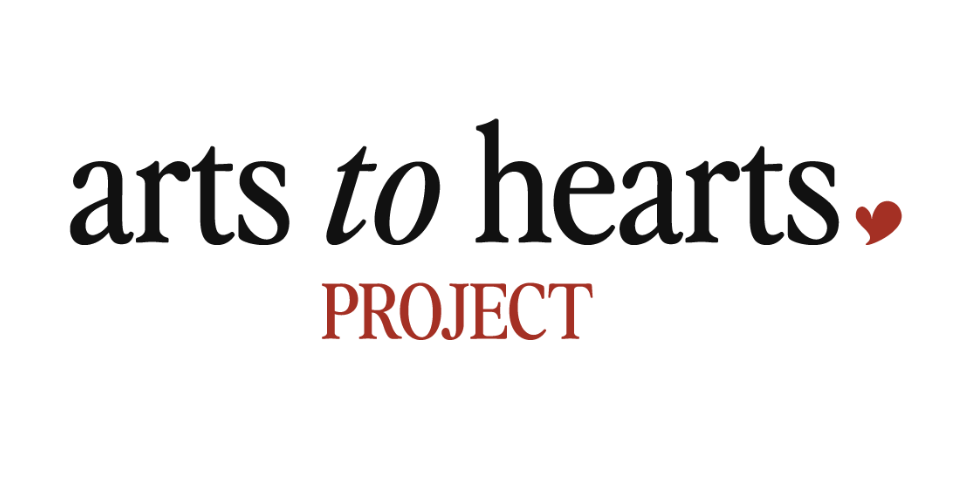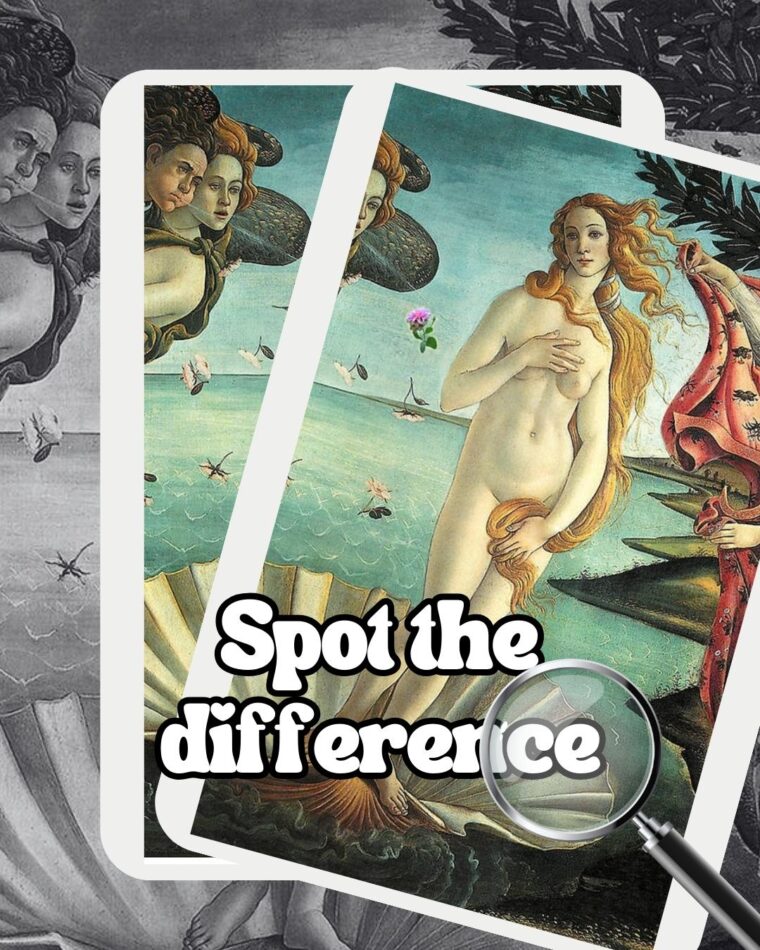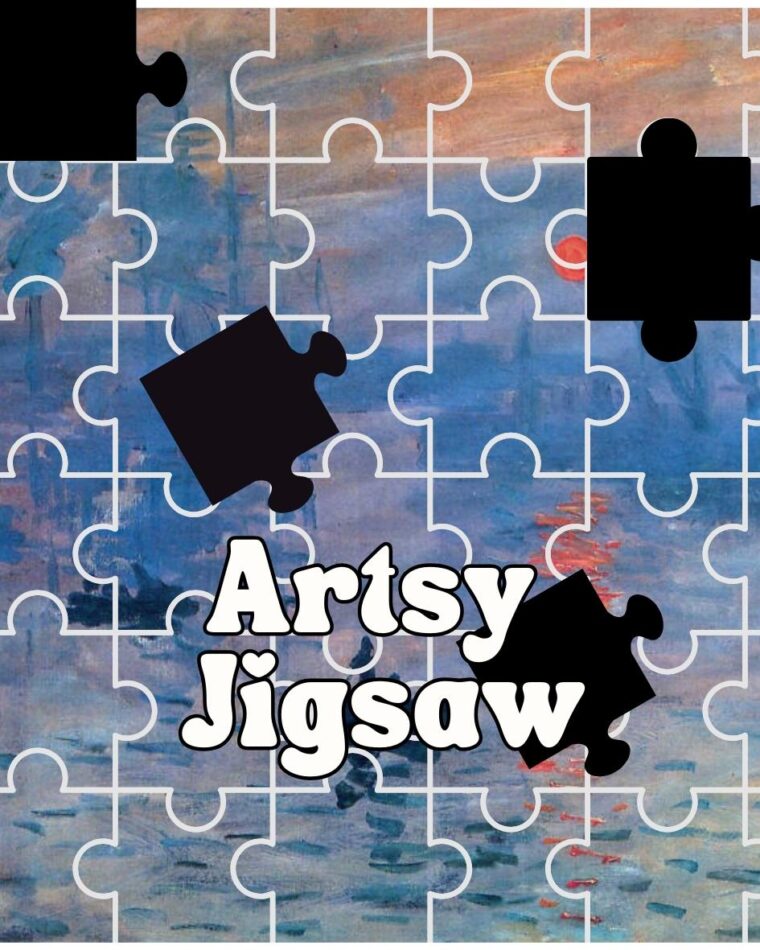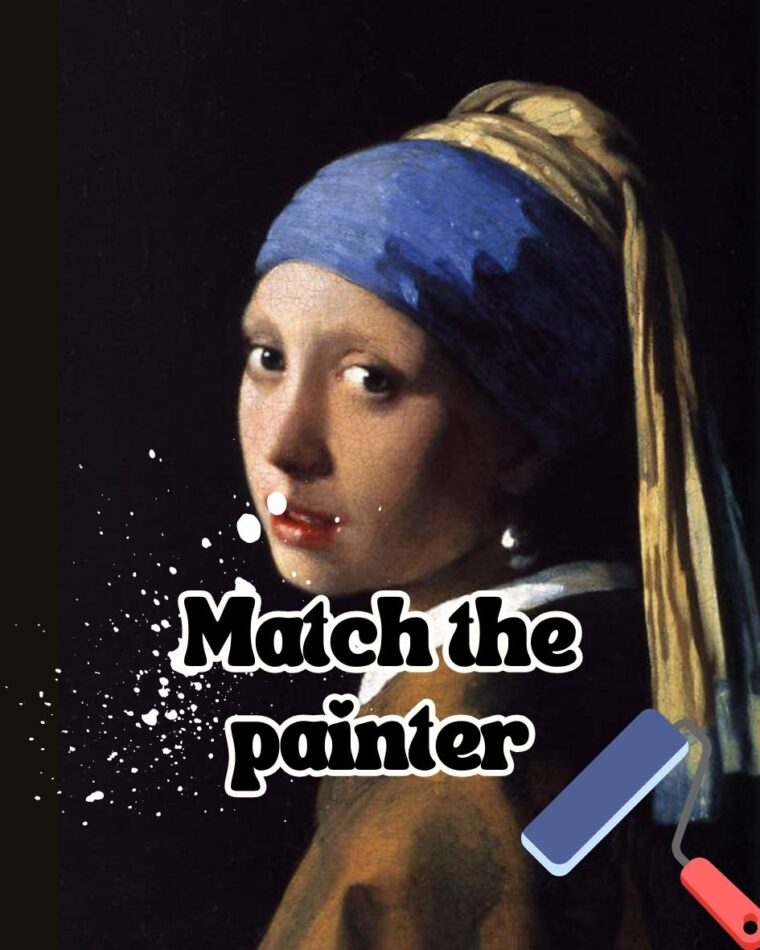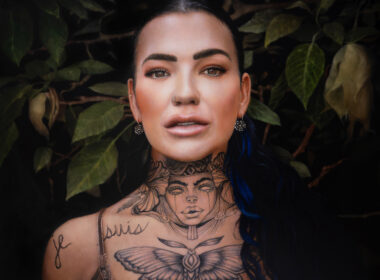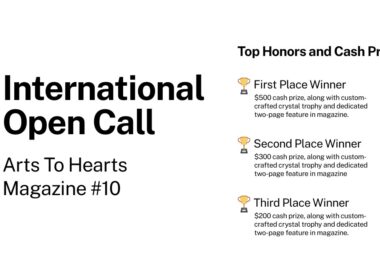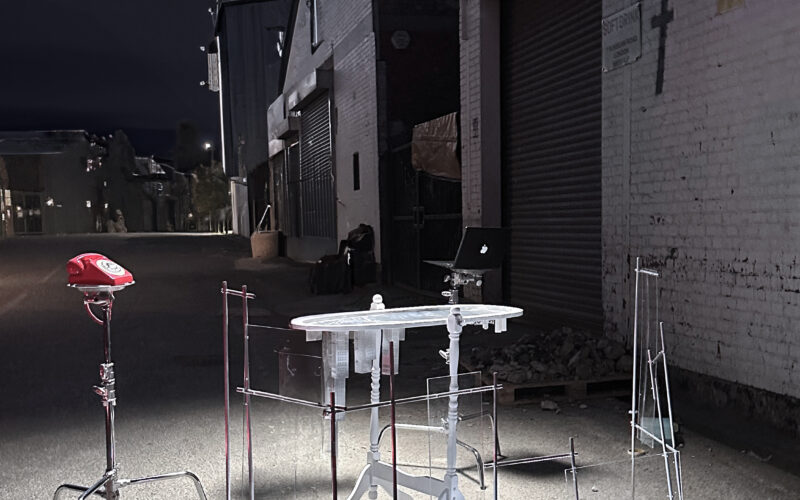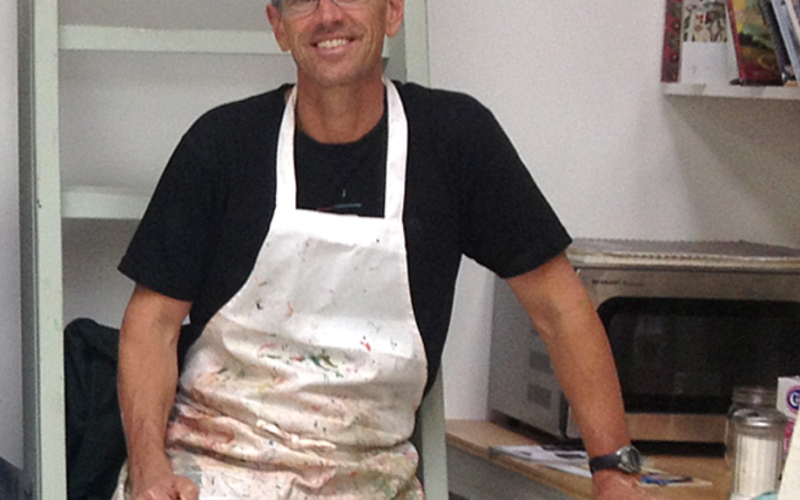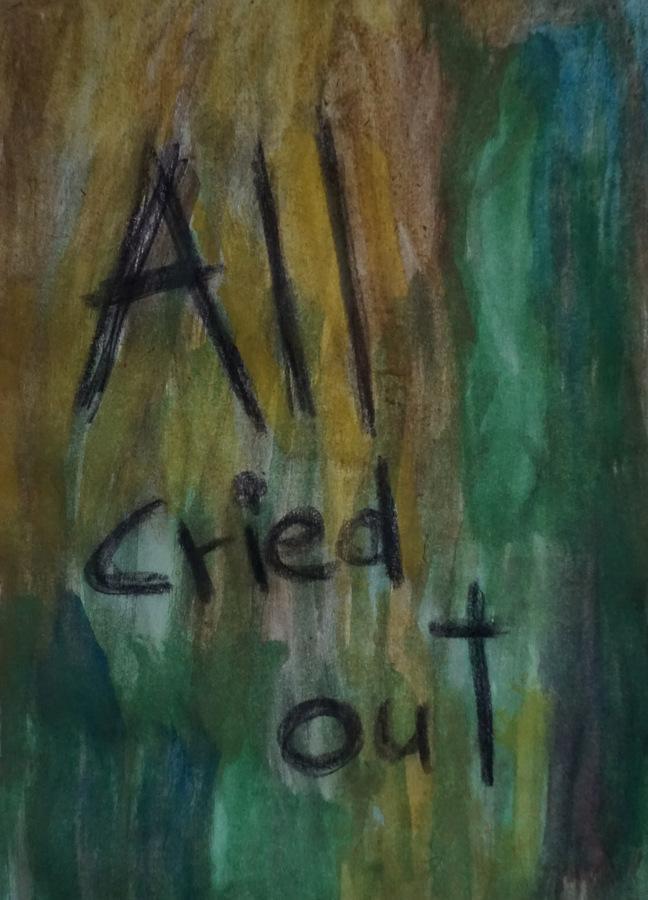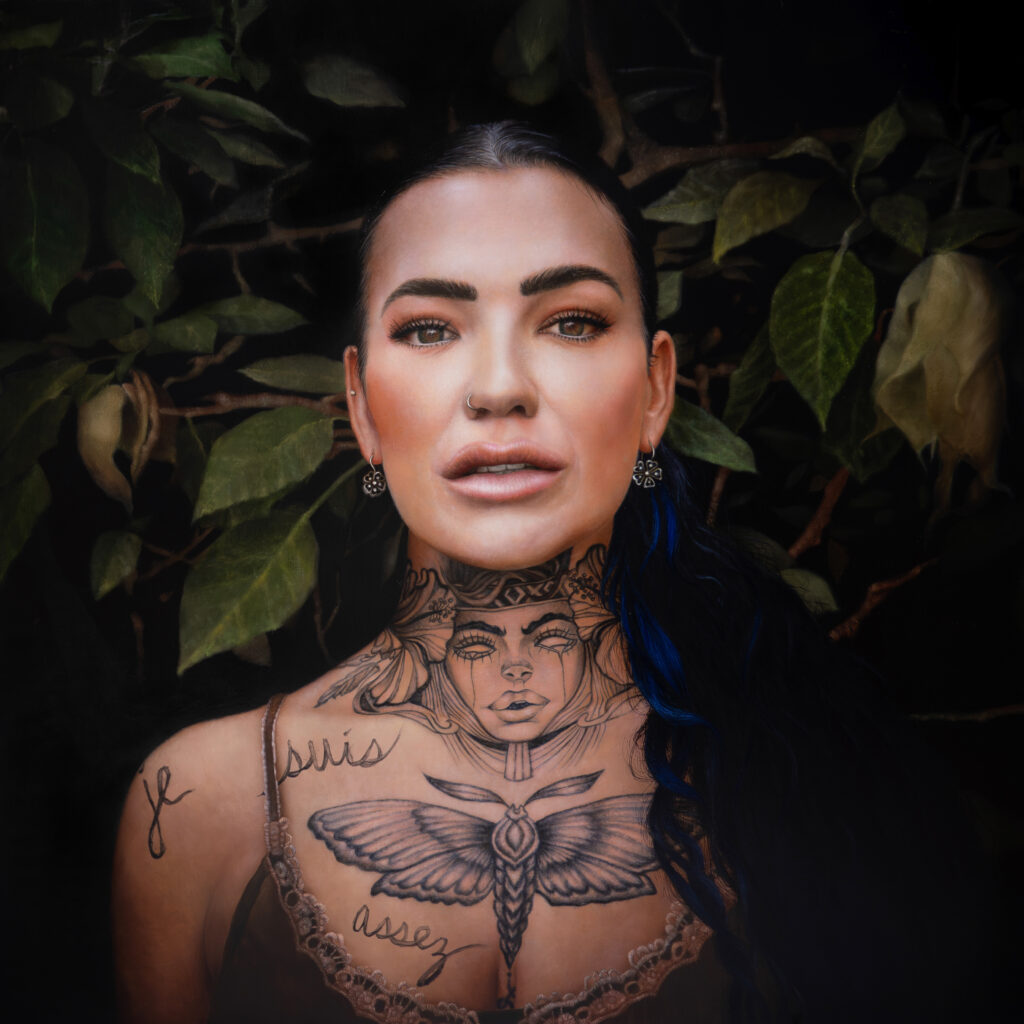
What inspires Beverley Devonish to tell stories of her Caribbean heritage Through her Art
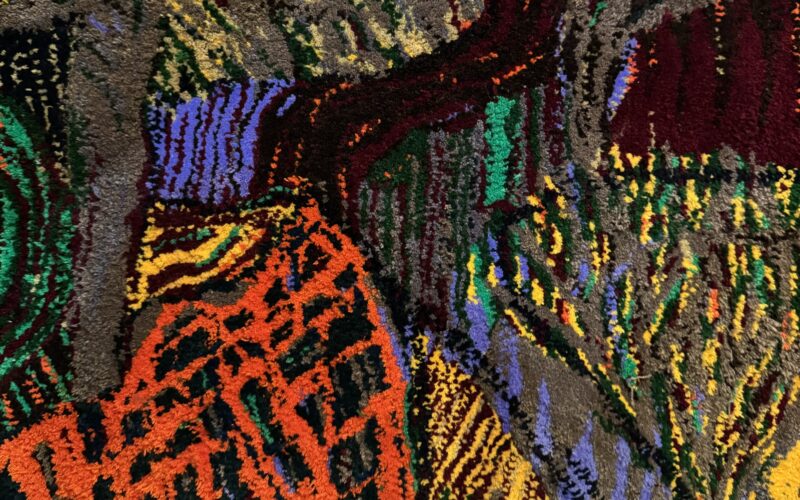


Beverley Devonish is a London-based artist whose work is about identity, heritage, and storytelling. In this interview, she shares her journey as a first-generation Black British artist and how she found her voice through art. Growing up, she felt disconnected from what she wanted to express and what was represented in traditional art history. That experience shaped her creative path and deepened her desire to tell the stories that often go unheard.
Through painting, textiles, tufting, and mixed media, Beverley brings colors and rich textures to life, honoring the history and resilience of Caribbean culture. She talks about her family’s migration experiences, their struggles, and the deep sense of belonging she explores in her work. She also shares her thoughts on what a Caribbean art movement could look like and why these voices need to be seen and heard in the art world.
Beverley Devonish is a featured artist in our book “101 Art Book: Portrait Edition .” You can explore her journey and the stories of other artists by purchasing the book here: https://shop.artstoheartsproject.com/products/the-creative-process-book
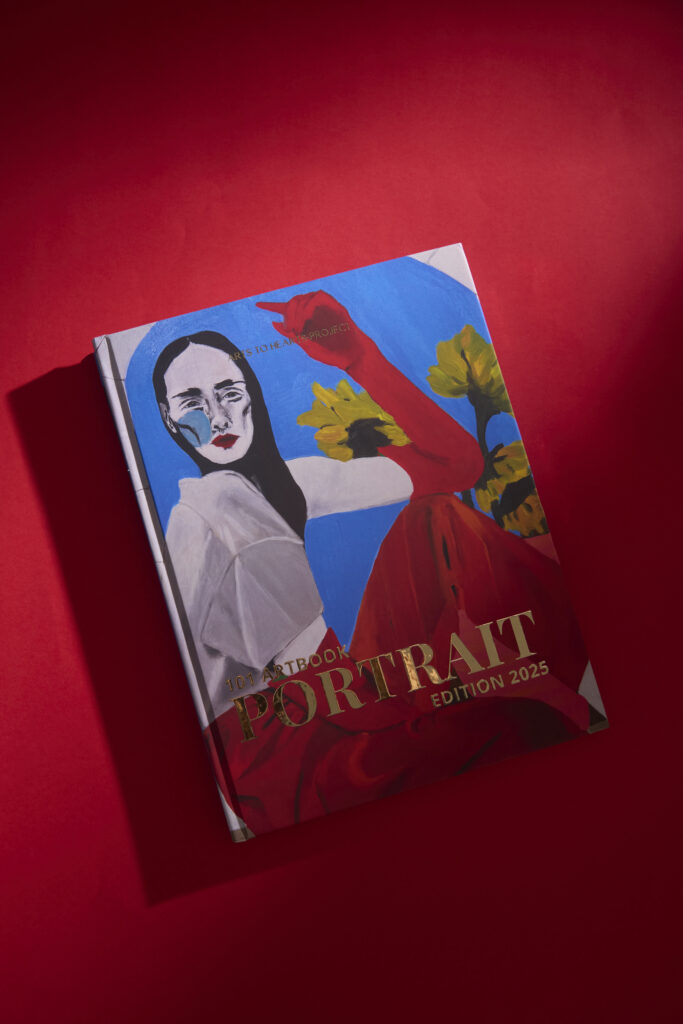

I am a London-based artist; my artistic journey began with a focus on textile art, which is reflected in much of my work. Over the years, my work has evolved into a multidisciplinary approach, driven by a deep desire to explore and find ways to express my heritage, artistic Journey, and Inspiration. As a first-generation Black British artist, my work is a narrative exploration of identity and heritage. The question of navigating and articulating my narrative through art has been a central theme in my recent work. This introspection led me to delve into my African roots, realizing the complexities of Caribbean art and its often overshadowed voice. The vibrant and diverse cultures of the Caribbean islands, such as Barbados and Antigua, have a rich yet underrepresented artistic heritage.
My work seeks to illuminate this heritage, questioning what a Caribbean art movement might look like and how it could contribute to the broader spectrum of ‘Black Art.’ My current body of work is characterized by its use of vivid, bold colors and intricate layers of storytelling. I create pieces that echo my ancestors’ lost voices and untold stories through textiles, tufting, painting, and mixed media. The complex passages of linear detail and colorful mark-making are deliberate choices to express a rich, layered narrative. The use of sometimes lurid colors in my art serves a dual purpose: it is a tribute to my forebears’ vibrant lives and dreams and a means to amplify their voices in a contemporary context. These colors represent the stories, struggles, and aspirations of Caribbean peoples and, subsequently, my Black British Experience, aiming to ensure that their legacy is neither forgotten nor ignored.
1. Your work explores identity and heritage—how has your journey shaped how you tell these stories through art?
I studied textiles alongside art history and realized that there was a contradiction between my experience as an artist and what I was studying. No artist looked like me or was part of the Art History Stories. I felt there was a disconnect between what I wanted to express and what was portrayed in all the Art History books. I think this really had a significant impact on me when I was younger, and I felt like I didn’t belong. For a very long time, I stopped creating. I then came back to painting as I felt something had been missing for many years. I don’t see the world with a normal perspective, so you feel unfulfilled as you need an outlet to express those ideas. I want to create a legacy for myself and my family, having no regrets. It’s as simple as that.
Through textiles, tufting, painting, and mixed media, I create pieces that echo my ancestors’ lost voices and untold stories.
Beverley Devonish

2. Caribbean art is often underrepresented. What do you hope to bring to this conversation through your work?
I use my work to challenge the notion that Caribbean art can be confined to a single definition. It is multifaceted, fluid, and deeply layered, drawing from a rich tapestry of influences. Growing up, I heard countless stories of my family’s journeys—tales of displacement, of being part of the Commonwealth, yet feeling unwelcome in the UK. Their experiences as outsiders have profoundly shaped my understanding of belonging. My work is vivid and intricate, reflecting the clash of fabrics and colors that filled my parents’ home.
It is a visual dialogue between their past and their ongoing assimilation, a merging of cultures that speaks to the perpetual question: How does one fit in while holding onto one’s own identity? Pattern, color, and texture are central to my practice. I celebrate these elements in an abstract language, mirroring the contrast between the cold, grey landscape my parents arrived in and the vibrancy they brought them. I find endless inspiration when I hear stories of families living together, cooking, drinking, and laughing despite the hardships. At its core, my work is about Despite. Despite displacement, struggle, and exclusion, resilience, joy, and light refuse to be dimmed.

3. You use bold colors and intricate layers to express lost voices. How do these choices help shape the narratives you create?
The bold colors are innate and are drawn from my continued visits to the Caribbean and my ongoing need to create textiles from drawing. I love creating the illusion of texture and fabric in my paintings. I continue to explore the crossover of textiles in art. From a distance, my paintings could look like fabric, 3 dimensional. I want to draw the viewer into the piece and ask them to reach out and touch it. The narratives explore travel, journeys, landscapes, and storytelling.
4. Textiles, tufting, painting—your work spans multiple mediums. How does each contribute to your creative vision?
I really don’t see the difference between these mediums; my textile training gives me the confidence to express my ideas through different lenses. There are no rules. So many rules are created to confine expression, so this is one part of my life where I ensure that I don’t confine myself to boundaries. My vision of the world is about pulling together many different references: past, present, printed, textured, music, and color. I paint and create 3D; I create paintings with my tufting gun.

As both Caribbean and British, I see my work as part of an evolving dialogue about identity, representation, and visibility.
Beverley Devonish
5. What does the idea of a ‘Caribbean art movement’ mean to you, and how do you see it evolving?
As someone who identifies as both Caribbean and British, I see my work as part of an evolving dialogue about identity, representation, and visibility. At its core, this evolution is about creating and sustaining platforms that celebrate the breadth of voices within the Caribbean-British experience—without preconceptions about what this work should look like. In recent years, artistic movements from across Africa and America have gained significant and much-needed recognition, which is wonderful. However, I feel that the Black British Caribbean experience is still largely framed through music and food—both of which are vital cultural expressions. Still, they do not encompass the full depth of our artistic contributions. A wealth of incredible talent often goes overlooked or, when acknowledged, is sometimes presented as a monolithic entity rather than a dynamic and diverse movement.
The challenge is not simply about visibility but about meaningful integration. Too often, Caribbean-British artists are grouped together in singular, themed showcases rather than being recognized as part of the broader contemporary art landscape. The goal is not just to create separate spaces but to ensure that Caribbean-British artists are valued, included, and celebrated across all platforms without needing to be contextualized solely through heritage. Ultimately, it’s about striking a balance—having a powerful collective presence that is recognized and respected while celebrating each artist’s individuality. Our work should be seen not as an exception but as an essential and integral part of the artistic conversation.

6. What’s one piece that holds deep personal meaning for you, and what story does it tell?
Mother, Holy is special to me, as when I returned to painting, it was one of the first pieces I created. The image is of my mother when she first came to the UK. There was a frosty welcome, to say the least, but she was not to be deterred. The piece depicts the start of my exploration of pattern and color, referencing the life she left behind, the trees, mountains, and the sea at her doorstep. To show your family that she was doing well, many people would go to a professional photographer in their finest clothing to take pictures to send ‘back home’.
The dress, jewelry, and gloves denote the era when she came to the UK, in the early 50s. Pre-Windrush, when there were very few black people in London. My mother loved to dance, and this was her favorite outfit she would wear when going out. She was very striking and drew a lot of attention. She was a great dressmaker, so she would dress that was too expensive to buy and create the look herself. She was so passionate about fashion, fabrics, and patterns; I inherited this from her.

Beverley’s art is about more than just creating beautiful pieces—it’s about keeping history alive and giving a voice to the Caribbean experience. Through her paintings and textile work, she honors her family’s journey and the rich culture she comes from. As she grows as an artist, her work helps shape the future of Caribbean art, making sure more people see and appreciate it. To learn more about Beverley, click the following links to visit her profile.
Arts to Hearts Project is a global media, publishing, and education company for
Artists & Creatives. where an international audience will see your work of art patrons, collectors, gallerists, and fellow artists. Access exclusive publishing opportunities and over 1,000 resources to grow your career and connect with like-minded creatives worldwide. Click here to learn about our open calls.

